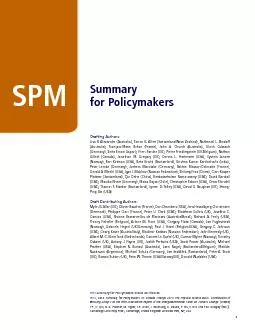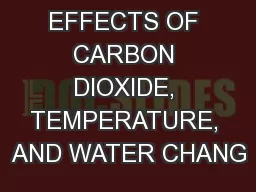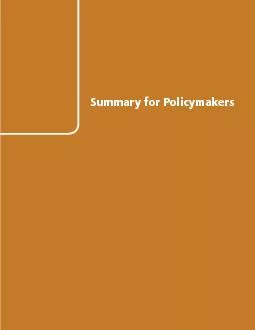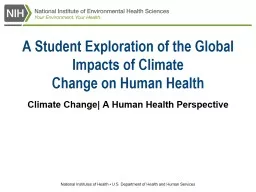PDF-This Summary for Policymakers should be cited as:
Author : debby-jeon | Published Date : 2015-11-06
3 IPCC 2013 Summary for Policymakers In Climate Change 2013 The Physical Science Basis Contribution of Working Group I to the Fifth Assessment Report of the Intergovernmental
Presentation Embed Code
Download Presentation
Download Presentation The PPT/PDF document "This Summary for Policymakers should be ..." is the property of its rightful owner. Permission is granted to download and print the materials on this website for personal, non-commercial use only, and to display it on your personal computer provided you do not modify the materials and that you retain all copyright notices contained in the materials. By downloading content from our website, you accept the terms of this agreement.
This Summary for Policymakers should be cited as:: Transcript
Download Rules Of Document
"This Summary for Policymakers should be cited as:"The content belongs to its owner. You may download and print it for personal use, without modification, and keep all copyright notices. By downloading, you agree to these terms.
Related Documents














